Built-In Oven: Pyrolytic vs catalytic vs steam vs enamel—which one should you choose?

Choosing a new built-in oven requires careful consideration of your cooking needs, available space, and budget. By taking the time to research and compare different options, you can find an oven that meets your needs and fits within your budget.
Pyrolytic, catalytic, steam, and enamel ovens are different types of ovens that work in different ways to cook food. Here are the differences between these four types of ovens:
- Pyrolytic Ovens: Pyrolytic ovens are self-cleaning ovens that use high temperatures to burn off any food residue or grease inside the oven. This process can take several hours and may produce smoke and odor. The ash that remains can be wiped away easily with a damp cloth.
- Catalytic Ovens: Catalytic ovens have a special coating on the inside walls that reacts with the heat from the oven to break down food residue and grease. This coating needs to be replaced periodically, and the oven still requires regular cleaning to maintain its efficiency.
- Steam Ovens: Steam ovens use steam to cook food, which helps to retain moisture and nutrients. These ovens are often used for cooking vegetables, fish, and other delicate foods that can dry out in a conventional oven. Steam ovens can also be used for reheating food and baking bread.
- Enamel Ovens: Enamel ovens have a smooth, glossy surface that is easy to clean and resistant to stains and scratches. These ovens are often less expensive than other types of ovens but may not have as many features or be as durable.
In summary, pyrolytic ovens are self-cleaning and use high temperatures to burn off food residue, while catalytic ovens have a special coating that breaks down residue. Steam ovens use steam to cook food and enamel ovens have a smooth, easy-to-clean surface. The type of oven you choose will depend on your cooking needs and preferences.
Here are some factors to consider when deciding which features of an electric built-in oven best fit your needs and what to consider before installation:
Size and space: Consider the available space in your kitchen and choose an oven that fits the space. Measure the width, height, and depth of the oven cavity to ensure that the new oven will fit properly. Make sure there is enough clearance around the oven for ventilation and maintenance.
Cooking capacity: Think about the size of the interior cavity and whether it is suitable for the types of dishes you typically cook.
Fuel Type: Decide on the type of fuel you want to use for your oven - electric or gas. Electric ovens are often more precise in their temperature control, while gas ovens offer faster heating and cooking times.
Features: Consider the features you want in an oven. Some common features include convection cooking, self-cleaning, multiple cooking modes, and programmable settings. Think about the types of foods you cook most often and choose an oven with features that will make your cooking easier and more efficient.
Warranty: Look for a reputable brand that offers a good warranty. Industry standard is of 2 years warranty.
Price: Consider your budget and look for an oven that provides good value for money. Keep in mind that higher-priced models may offer more features and better performance, but they may not always be necessary for your needs.
Style and design: Choose an oven that complements the overall style of your kitchen. Consider the color, design, and finish of the oven to ensure that it fits with your kitchen's aesthetic. Look for an oven that matches your other appliances and the style of your kitchen.
Energy efficiency: Look for an oven that is energy efficient, as this can save you money on your electricity bills over time.
Electrical requirements: Make sure you have the appropriate electrical setup in your kitchen to handle the oven's power requirements. An electrician can help you with this.
Installation: Consider whether you will install the oven yourself or hire a professional. If you are not comfortable with electrical or carpentry work, it is best to hire a professional to ensure the oven is installed safely and correctly.
Overall, choosing a new built-in oven requires careful consideration of your cooking needs, available space, and budget. By taking the time to research and compare different options, you can find an oven that meets your needs and fits within your budget.
INSTALLATION
Download the User Manual & SpecSheet HERE
Watch the full video on how to the pyrolytic cleaning process works HERE
Bottom Line
This article aims to answer your questions about electric built-in pyrolytic self-cleaning oven. If you're looking to buy a retro wine fridge, check out the range of premium electric built-in pyrolytic self-cleaning oven available on Linärie Appliances. We provide eye-catching aesthetics with high-performance technology retro fridges with 30-month warranty and various appliances to elevate your kitchen.
Looking to Speak with our Product Expert?
Pick a suitable time HERE for our product expert to give you a ring.
30-Month Manufacturer's Warranty
A 24-month parts and labour Manufacturer's warranty is included, giving you that extra peace of mind. Extend your warranty to 30-month when you register your product HERE.
About Linärie Appliances
Powered by innovative technology that combines premium quality with affordability, Linärie Appliances seamlessly integrates cutting-edge technology and French-inspired elegant designs, to elevate comfort in your kitchen and transform your cooking experience into memorable moments. Delivering anywhere in Äustralia.
1 comment









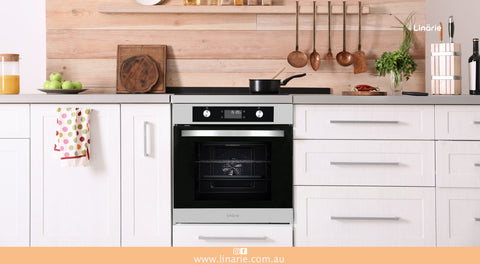

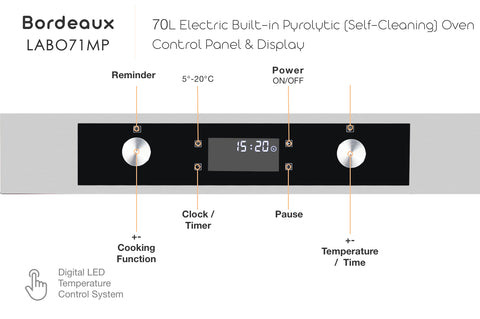
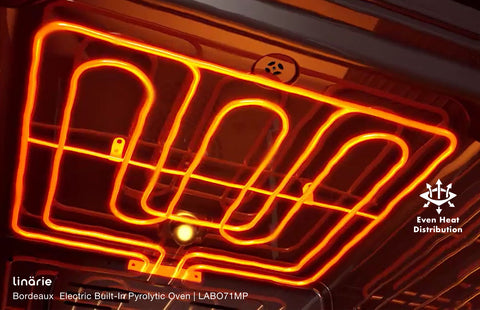
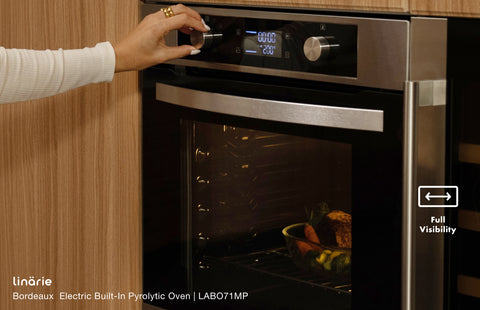

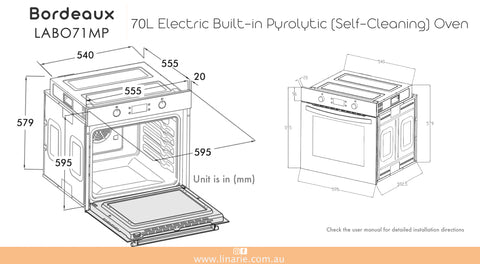


Want to buy induction 4 zone hotplate black, oven, integrated dishwasher for our kitchen reno. Want to buy straight away. We’re in Melbourne
Pls call on 0415792866 or email and I’ll call you.
Thx Bee